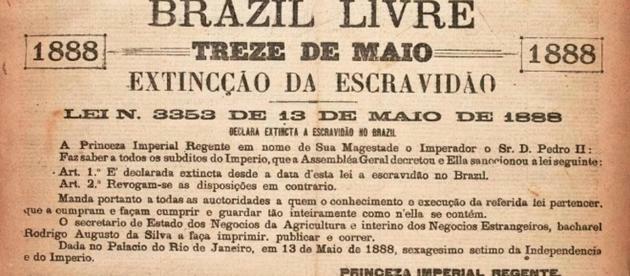Even before our independence, the Brazilian economy was experiencing a veritable flooding process caused by goods of English origin. In 1810, commercial treaties signed between Brazil and England greatly facilitated the entry of British products into the country. In addition to establishing our dependence on British industry, this same measure ended up preventing the formation of Brazilian industrial production.
As we reach the end of the first half of the 19th century, we notice that this customs policy ended up being modified due to Brazilian economic problems. The expenses generated by the containment of the revolts, the difficulties faced in the agricultural sector and the indemnities paid to obtaining recognition of independence were some of the factors that encouraged the transformation of our rates. customs.
Between 1828 and 1844, import taxes practiced by Brazil were 15% on any and all foreign products. It was then that a decree by the Minister of Finance, Manuel Alves Branco, determined the revision of the customs duties practiced by the imperial government. Thus, the Alves Branco tariff ended up modifying the value of taxes levied on more than three thousand imported articles.
Do not stop now... There's more after the advertising ;)
If the goods to be taxed did not have any similar competitors in the country, the importer would be required to pay a 30% tax on the value of the product. When there was a product with the same or similar characteristics, this same imported merchandise could be charged up to 60% of its value. With this, we note that customs duties, at least, doubled with the officialization of this new policy.
Over time, the impact of the Alves Branco tariff ended up surpassing the goal of increasing the amount of taxes collected by the imperial government. The increase in customs fees ended up contributing to the Brazilian industrial sector suffering a visible expansion. Even with such an incentive, the simple protectionist effect was not enough for a more solid and impactful industrialization process to consolidate itself in the imperial economy.
By Rainer Sousa
Master in History
Brazil School Team
Brazil Monarchy - history of Brazil - Brazil School
Would you like to reference this text in a school or academic work? Look:
SOUSA, Rainer Gonçalves. "The Alves Branco Rate"; Brazil School. Available in: https://brasilescola.uol.com.br/historiab/a-tarifa-alves-branco.htm. Accessed on June 28, 2021.



